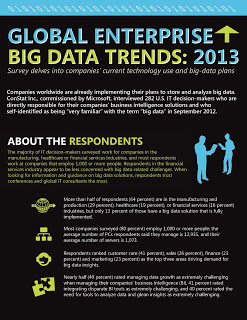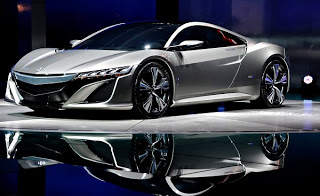 South San Francisco, California — Writing software would be oh, so much simpler if we didn’t have all those darned choices. HTML5 or native apps? Windows Server in the data center or Windows Azure in the cloud? Which Linux distro? Java or C#? Continuous Integration? Continuous Delivery? Git or Subversion or both? NoSQL? Which APIs? Node.js? Follow-the-sun?
South San Francisco, California — Writing software would be oh, so much simpler if we didn’t have all those darned choices. HTML5 or native apps? Windows Server in the data center or Windows Azure in the cloud? Which Linux distro? Java or C#? Continuous Integration? Continuous Delivery? Git or Subversion or both? NoSQL? Which APIs? Node.js? Follow-the-sun?
In a panel discussion on real-world software delivery bottlenecks, “complexity” was suggested as a main challenge. The panel, held here at the SDLC Acceleration Summit, pointed out that the complexity of constantly evaluating new technologies, techniques and choices can bring uncertainty and doubt and consume valuable mental bandwidth—and those might sometimes negate the benefits of staying on the cutting edge. (Pictured: My friend Arthur Hicken, aka “The Code Curmudgeon,” chief evangelist at Parasoft, which sponsored the event.)
I was the moderator. Sitting on the panel were David Intersimone from Embarcadero Technologies; Paul Dhaliwal from 383 Media; Andrew Binstock, editor of Dr. Dobb’s Journal; and Norman Buck from SQS.
Choices are not simple. Merely keeping up with the latest technologies can consume tons of time. Not only reading resources like SD Times, but also following your favorite Twitter feeds, reading blogs like Stack Overflow, meeting thought leaders at conferences, and, of course, hearing vendor pitches.
While complexity can be overwhelming, the truth is that we can’t opt out. We must keep up with the latest platforms and changes. We must have a mobile strategy. Yes, you can choose to ignore, say, the recent advances in cloud computing, Web APIs and service virtualization, but if you do so, you’re potentially missing out on huge benefits. Yes, technologies like Software Defined Networking (SDN) and OpenFlow may not seem applicable to you today, but odds are that they will be soon. Ignore them now and play catch-up later.
Complexity is not new. If you were writing FORTRAN code back in the 1970s, you had choices of libraries. Developing client/server software for NetWare or AIX? Building with Oracle? We have always had complexity and choices in platforms, tools, methodologies, databases and libraries. We always had to ensure that our code ran (and ran properly) on a variety of different targets, including a wide range of browsers, Java runtimes, rendering engines and more.
Yet today the number of combinations and permutations seems to be significantly greater than at any time in the past. Clouds, virtual machines, mobile devices, APIs, tools. Perhaps we need a new abstraction layer. In any case, though, complexity is a root cause of our challenges with software delivery. We must deal with it.










 It take a lot to push the U.S. elections off the television screen, but Hurricane Sandy managed the trick. We would like to express our sympathies to those affected by the storm – too many lives were lost, homes and property destroyed, businesses closed.
It take a lot to push the U.S. elections off the television screen, but Hurricane Sandy managed the trick. We would like to express our sympathies to those affected by the storm – too many lives were lost, homes and property destroyed, businesses closed.


